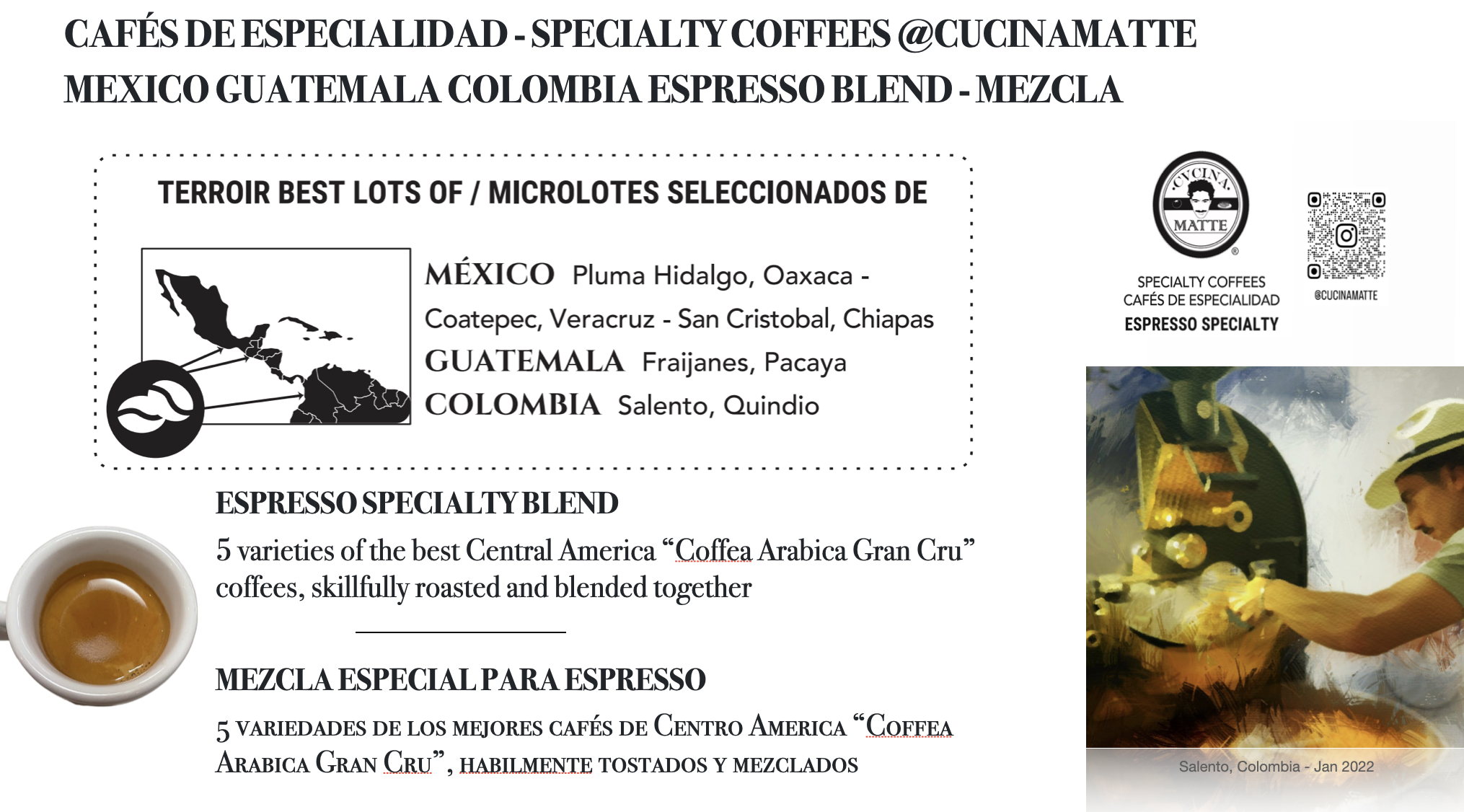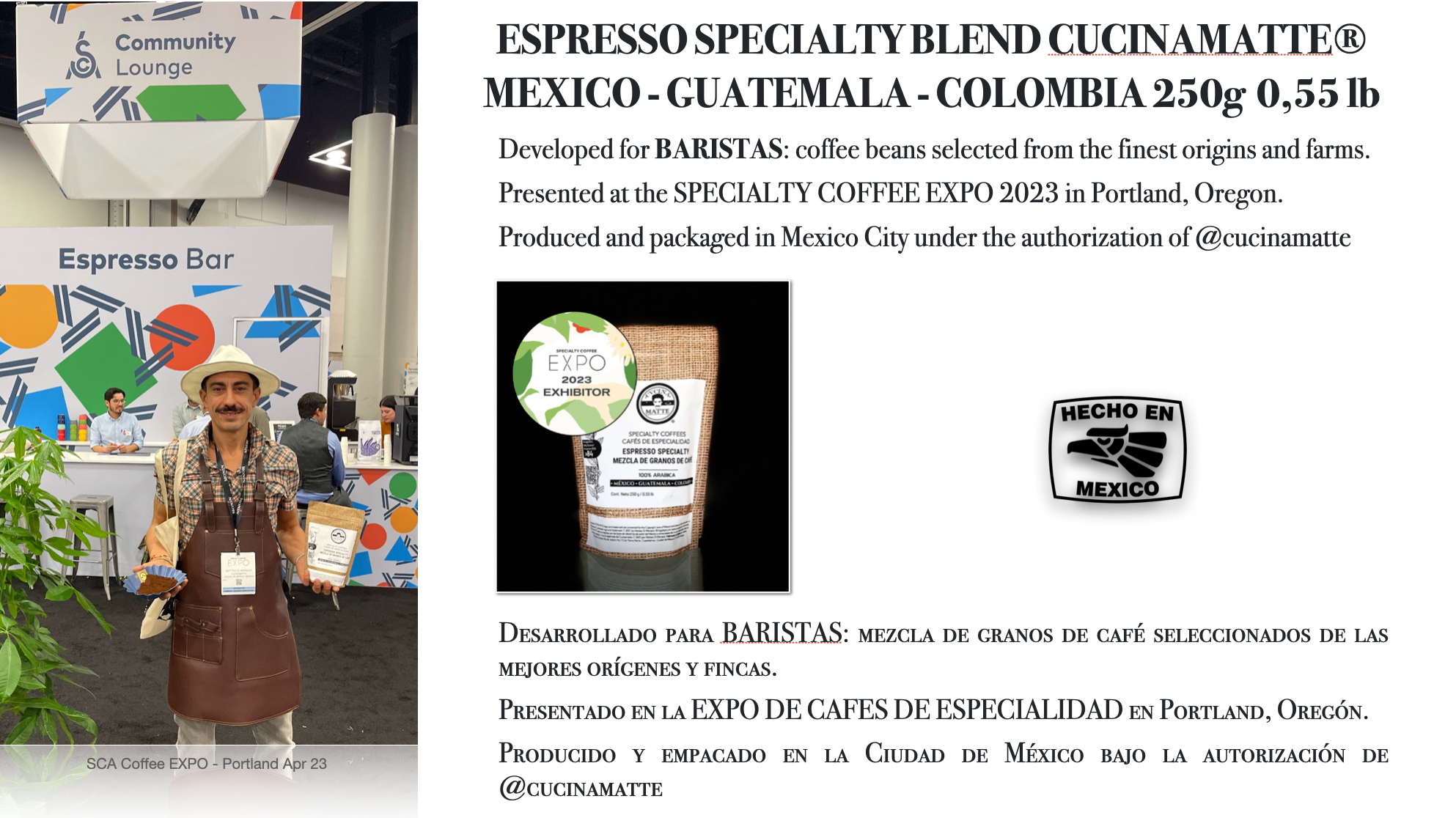The ART of BLENDING (espresso coffee)
This is why the blends were born: to emphasize in a cup what mother nature alone cannot produce. In short, it is an art form that is achieved through a profound knowledge of the sensory characteristics of hundreds of different coffees, in order to be able to combine them so that any gaps are filled and the qualities are mutually emphasized.

One thousand billion acts of consumption: it is an estimate, credible even if not precise, of the annual acts of coffee consumption on planet earth.
It is a huge figure and of astonishing importance: it could be a thousand billion moments of happiness, of sensorial satisfaction.
We know, many times drinking a coffee is a careless act. We do it while chatting, leaving our mind immersed in the thoughts that are accompanying us or in any case in a hurry, almost as if it were a duty towards our physiological needs and not full of powerful psychological implications. Yet, you can be sure, no matter how inattentive you are, your unconscious expresses a judgment using its own hedonic scale and sending you a peremptory message:
* fantastic, I would like to drink another one: it’s love;
* good: it is acceptance;
* I drank the coffee: it’s indifference;
* doesn’t convince me: it’s suspicious;
* how disgusting, maybe coffee isn’t good for me: it’s exclusion.
The more the logical part of our brain remains distant from lucubrations and reflections, the more our unconscious dominates the scene, deciding future consumption for us. This is why there is a joint responsibility of all the actors in the supply chain, from the coffee grower to the barista, to serve a coffee that is “love”, and this is why the worst enemy (and competitor) of coffee is bad coffee. The attribution of responsibility is theoretically cascading: the consumer rejects bad coffee, thus selecting the bars and brands on the shelf, the barista and the buyer therefore choose only quality products, forcing others to fail, the roasters ask raw foodists only good coffees and therefore the producers of evil beans uproot the coffee and start growing something else. This is logic, but it is not reality. In fact, there is another law: bad money drives out good money. And it seems that this is what dominates the scene nowadays. Coffee then has another means of convincing humans: caffeine, with all the positive physiological and psychological implications it offers. So in some cases you go looking for a hundred milligrams of caffeine, willing to hold your nose to get them. The aforementioned alkaloid is there, regardless of the good sensory characteristics. In fact, bad coffees have even more. But fortunately it is not just like this: there are roasters who work with passion so that every act of consuming a cup of coffee is distinguished from the most refined of emotions: love.
Great article by:
Mr. Luigi Odello
Da Espresso Italiano Roasting (Centro Studi Assaggiatori)


Deja un comentario